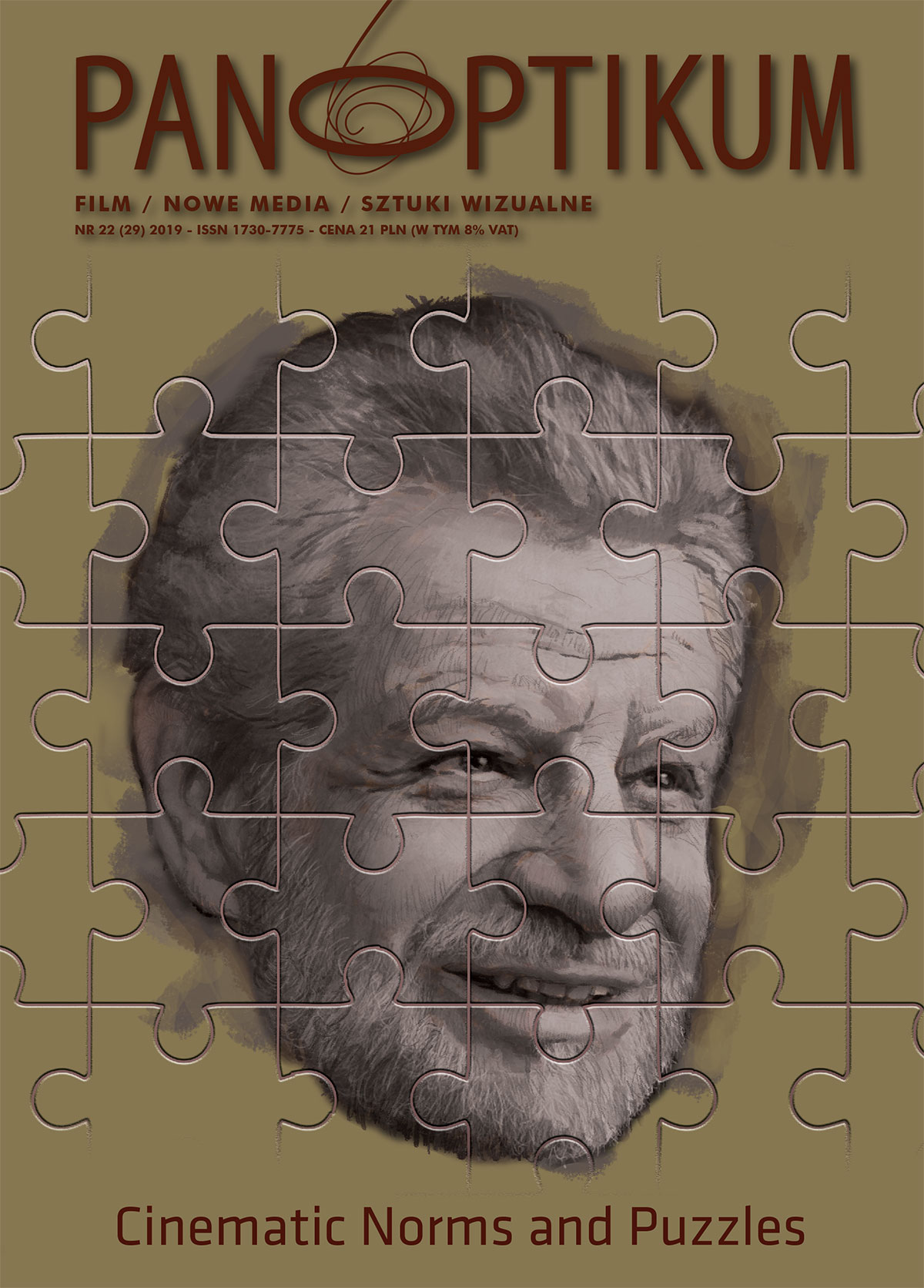Infinite Narratives on Infinite Earths. The Evolution of Modern Superhero Films
DOI:
https://doi.org/10.26881/pan.2019.22.06Abstrakt
After almost 20 years of a succesful run of superhero films it seems that we are now entering into the fully-developed format of this kind of cinema. Through films like “Avengers: Infinity War”, “Logan” or “Spider-Man: Into the Spider-verse” the general audience all over the world is becoming familiar with strictly comics-based forms and ideas like retcon, crossover or the multiverse paradigm (that serves as a model for ‘infinite’ superhero narratives and limitless iterations of characters). Despite the fact that popular cinema had already introduced some of these elements before – like the crossover aesthetic in Universal Studios’ horrors from the 1930s and 1940s – modern superhero cinematic universes can be seen as much more demanding productions for the viewers in terms of following strongly comic books-based modes of the ‘multiverse-centric’ perception. As a result we can right now observe an emerging process of turning even the non-superheroic popular cinematic features into very ‘comic booky’ narrative patterns. In this article I’m interested in analyzing the most recent cases of superhero cinema by looking at some specific titles as a way of introducing the narrative systems and tools from superhero comics into cinema.
Downloads
Bibliografia
Backman, R. (2014). In Franchise. Narrative Coherence, Alternates and the Multiverse in ”X-Men”, in: Superhero synergies. Comic Book Characters Go Digital, (ed.) J. N. Gil- more, M. Stork, Lanham: Rowman & Littlefield.
Buckmaster, L. (2019). Avengers Endgame and the Apocalypse of Cinema, https://dailyre- view.com.au/avengers-endgame-apocalypse-cinema/82852/ (accessed: 13.09.2019).
Chichizola, C. (2019). Todd Phillips Explains Why Joker Isn’t Connected To The DCEU, https://www.cinemablend.com/news/2479584/todd-phillips-explains-why-joker-isntconnected-to-the-dceu (accessed: 13.09.2019).
Darius, J. (2015). Classics on Infinite Earths. The Justice League and DC Crossover Canon. Edwardsville: Sequart Organization.
Fitzpatrick, K. (2016). Quentin Tarantino wanted Luke Cage to keep 70s setting, https:// screencrush.com/luke-cage-quentin-tarantino-70s/ (accessed: 13.09.2019).
Kaveney, R. (2006). Superheroes! Capes and Crusaders in Comics and Films. New York: I.B. Tauris.
Mack, J. (2014). The Dark Knight Levels Up: Batman Arkham Asylum and the Convergent Superhero Franchise, in: Superhero synergies. Comic Book Characters Go Digital, (ed.) J. N. Gilmore, M. Stork, Lanham: Rowman & Littlefield.
Phillips, M. (2019). The Narrative Experiment That Is the Marvel Cinematic Universe, https://www.newyorker.com/culture/culture-desk/the-narrative-experiment-that-is-themarvel-cinematic-universe (accessed: 13.09.2019)
Proctor, W. (2017). Schrödinger’s Cape. The Quantum Seriality of the Marvel Multiverse, in: Make Ours Marvel. Media Convergence and a Comics Universe, (ed.) M. Yockey, Austin: University of Texas Press.
Scarnato, R. (2019). ‘Joker’ Director Todd Phillips Pitched DC Black Division To Warner Bros., https://heroichollywood.com/joker-todd-phillips-dc-black-warner-bros/ (accessed: 13.09.2019).
Wolk, D. (2007). Reading Comics. How Graphic Novels Work And What They Mean, Cambridge: Da Capo Press.
Yanes, N. (2019). Academics on Spider-Man: Into the Spider-verse, http://sequart.org/mag- azine/69583/academics-on-spider-man-into-the-spider-verse/ (accessed: 13.09.2019).
Żaglewski, T. (2017). Kinowe uniwersum superbohaterów. Analiza współczesnego filmu komiksowego. Warszawa: PWN.

 Uniwersyteckie Czasopisma Naukowe
Uniwersyteckie Czasopisma Naukowe









